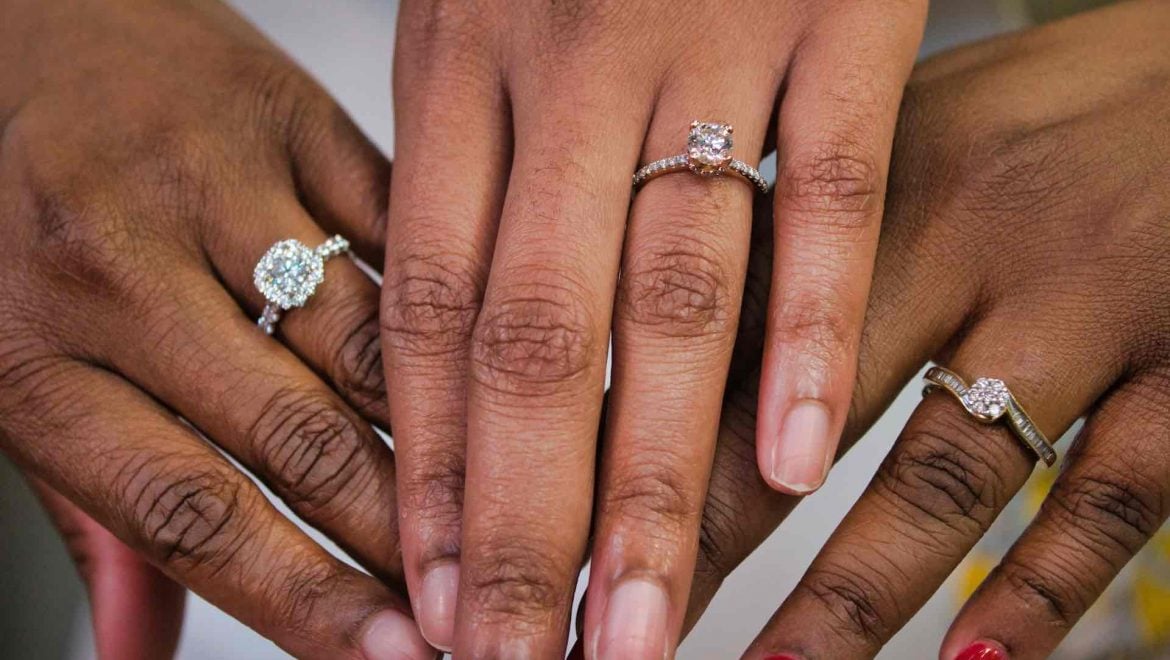Difference between lab diamonds and natural diamonds
Interested in finding out what lab grown diamonds are, and how they differ from natural diamonds? This guide has you covered. Read on to learn the differences between the two and, perhaps more interestingly, how similar both man-made diamonds and naturally sourced diamonds are to each other.
What is a lab diamond?
A lab diamond, also known as a man-made diamond, is a diamond which is created in a high-temperature and high-pressure laboratory setting. This specific setting creates a diamond which identically replicates the same chemistry, physicality and visual properties of a naturally grown diamond.
Find out more about what lab diamonds are and how they are created from our informative guide.
What is a natural diamond?
A natural diamond is the hardest natural known substance on Earth. Made from carbon, naturally grown diamonds are created over a 1 – 3 billion year time period in very high-pressure and high-temperature natural conditions. They are also formed at least 85 miles below the Earth’s mantle. These are the conditions which are replicated when creating lab grown diamonds, in order to create an authentic diamond with the same properties of a natural diamond.
What are the main difference between lab and natural diamonds?
- Time – it will take natural diamonds around 3 billion years to form – whereas, using a laboratory setting, it takes a mere matter of months to create man-made diamonds.
- Ethics – lab grown diamonds are often thought to be more ethical than natural diamonds, as being created in a lab, they are entirely traceable – and provide an ethical alternative to naturally mined diamonds.
- Cost – typically, lab diamonds are around 30% less expensive than natural diamonds. This is because the process used to create lab diamonds takes considerably less time than the billions of years it takes for natural diamonds to form.
- Nitrogen – natural diamonds contain tiny amounts of nitrogen, which lab diamonds do not. This is one of the ways gemmologists are able to identify lab created diamonds.
- Value – this is still being disputed between jewellers – as lab diamonds are still newcomers to the industry, and the long-term value is not yet settled. From the introduction of lab diamonds, the demand for natural diamonds has decreased – but they are often a much higher quality than ever before, meaning their value has stayed pretty consistent over time.
- Grading – lab diamonds are often graded slightly different to natural diamonds. A GIA certificate would not grade lab diamonds on the same strict scale – so you may be inclined to choose another type of certification for your lab diamond. Learn more about diamond certification now.
Similarities between lab and natural diamonds
- Aesthetics – there is no visible difference between a lab created diamond and a natural diamond. They both have the same sparkle, and have the same different types of colour and clarity. They’re also just as hard as natural diamonds, both containing the carbon element.
- Both are ‘real’ diamonds – as lab grown diamonds have the same chemistry and physical appearance as natural diamonds, they are also deemed as ‘real diamonds’. The Federal Trade Commission (FTC) recognised Lab Diamonds as real in 2018.
- Longevity – as natural diamonds do, lab grown diamonds will last forever, as they are designed with the same chemistry and physicality identical to a natural diamond.
- Inclusions – lab diamonds, like natural diamonds, also have internal marks known as ‘inclusions’. These imperfections are what makes the diamond unique.
In short, lab diamonds have only very subtle physical differences that only gemmologists would be able to distinguish between – but, on the most part, they are identical to naturally grown diamonds, for a more affordable price.
Interested in purchasing your own lab grown diamond engagement ring? Browse our full selection online, or visit us in our Hatton Garden showroom today. Alternatively, learn more about lab grown diamonds from our dedicated page.




